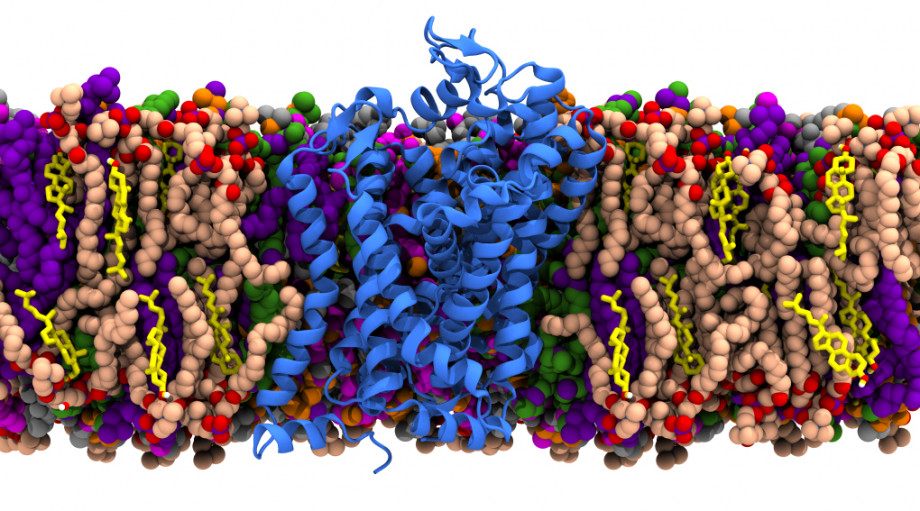When you ingest medicine from your pharmacist, specific proteins in your body transport them to where they need to go. In particular, some proteins play a key role in moving the drugs in and out of cells. When designing new drugs, it is vital to know exactly what these proteins are doing and how they work.
Despite their big role in so many of our body functions, these proteins are incredibly small: they are made up of around 50 to 100 atoms. Each atom adds a bit more complexity to the system, so to understand how these drug transport proteins work, every single atom needs to be simulated at the same time.
Simulations at such a scale require a supercomputing facility. The preferred choice of Dr Megan O'Mara from The Australian National University is the National Computational Infrastructure (NCI).

Home to the Southern Hemisphere's most powerful supercomputer, NCI makes it possible for Dr O'Mara to design drugs to a high level before they get to experimental tests.
This cuts out many costly or unsuccessful attempts in the physical design process. By refining the design early on, this type of computer-aided medical research speeds up the process and produces more finessed results.
Dr O'Mara says: "NCI is imperative to my work. It saves a huge amount of time at every step of the way."
She says that this work will be of particular benefit to people with bacterial infections, and cancer patients undergoing chemotherapy treatments. For example, changing the way the drug transport proteins in bacterial cells work will help solve the serious issue of antibiotic resistance.
At the root of this research is the idea that by understanding the drug transport pro
cess, researchers can design drugs that the body will accept more effectively. By visualising the behaviour of every atom in the key proteins using a supercomputer, researchers can design better drugs and more effective medical treatments.
Over the past decade, supercomputers have been playing a bigger and bigger role in drug design processes. As computational power increases and our understanding of the chemistry of cells moves forward, the progress will be exponential.